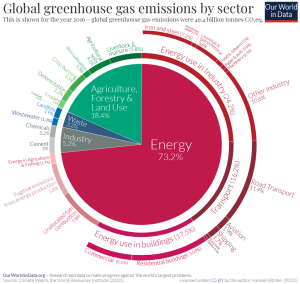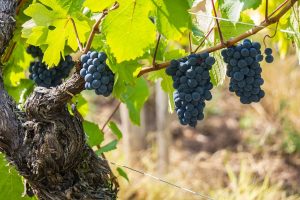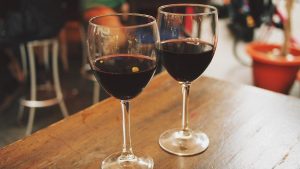
Tasting of white wine blends — entries close next Friday
Australian-made field-blend white wines made from a minimum of three different varieties are the focus of a forthcoming tasting by the Wine & Viticulture Journal.
In this Winter issue of the Wine & Viticulture Journal, Richard Smart turns his attention to the contributing factors that have led to Australia’s grape and wine surplus, while offering affected wine regions options for recovery. In winemaking, French researchers share their findings on the effect of adding stems on the concentration of sweetening compound astilbin in different varietal wines, and its implications for whole bunch vinification. Mark O’Callaghan, from Wine Network Consulting, outlines steps for winemakers to respond to the consumer shift away from full -bodies reds and toward their more medium-bodies counterparts. In its latest regular column, the Australian Wine Research Institute examines the application of new technologies to address the long-standing problems associated with scale insect and mealybug pests.
In the vineyard, Tony Hoare presents the final part of a two-part article into managing vineyards in heatwaves, while Italian researchers investigate whether the choice of grapevine training system is affected by climate change.
Our latest tasting focused on Gamay and this attracted 22 Australian examples and four from France’s Beaujoulais, where most of the world’s Gamay is grown, for comparison.
Hans Mick
Editor

Australian-made field-blend white wines made from a minimum of three different varieties are the focus of a forthcoming tasting by the Wine & Viticulture Journal.

Australian-made white wines made from non-traditional blends or a minimum of three different varieties will be the focus of a forthcoming tasting by the Wine & Viticulture Journal.

Now that the green house gas (GHG) emission reduction targets have been set and the countdown to meet those targets has begun, how do winegrape growers fit into this new carbon economy?

Laying the groundwork for a subsequent article in the Winter issue of the Wine & Viticulture Journal, which will canvass what can be done in

Australian and New Zealand producers of Pinot Noir with recommended retail prices of $30-$50 have until next Monday (19 September) to enter a forthcoming tasting by the Wine & Viticulture Journal.

Australian wine producers have until this Friday (17 June) to enter a forthcoming tasting of the Spanish red variety Graciano by the Wine & Viticulture Journal.

Current Winejobs listings
From: $44.10 / year